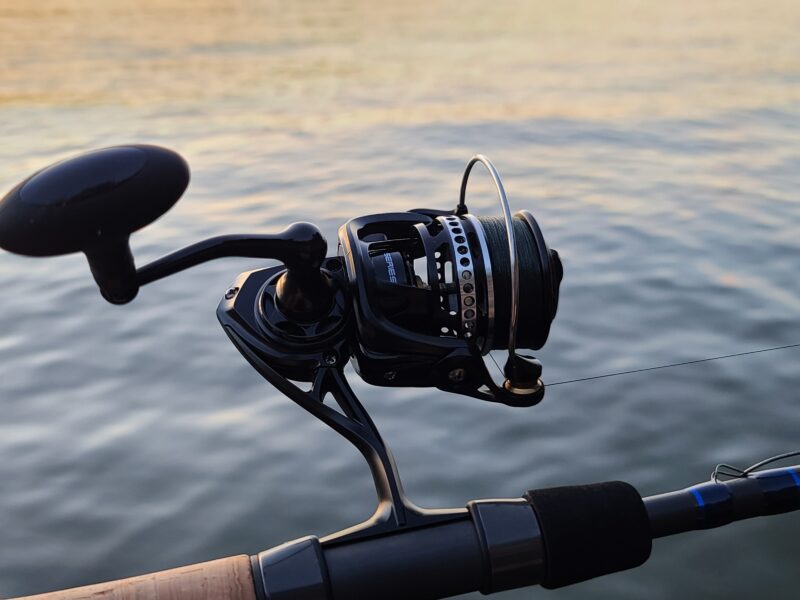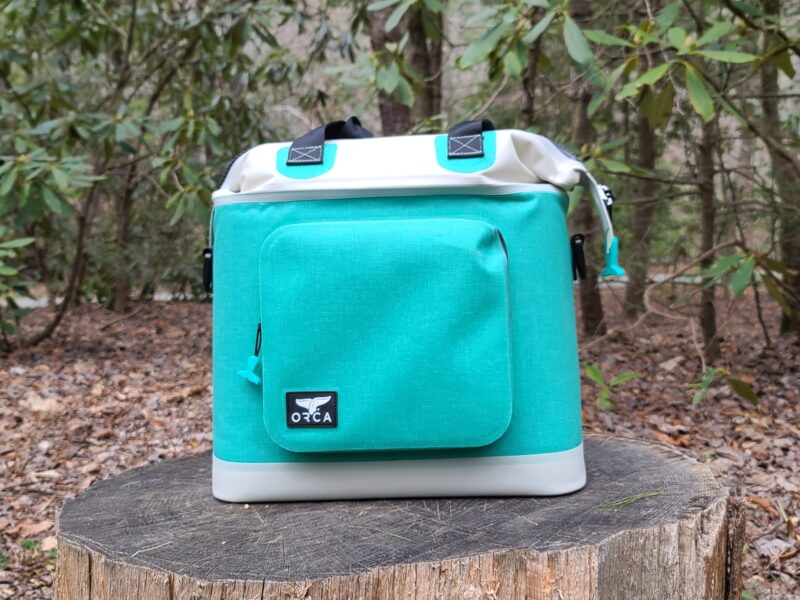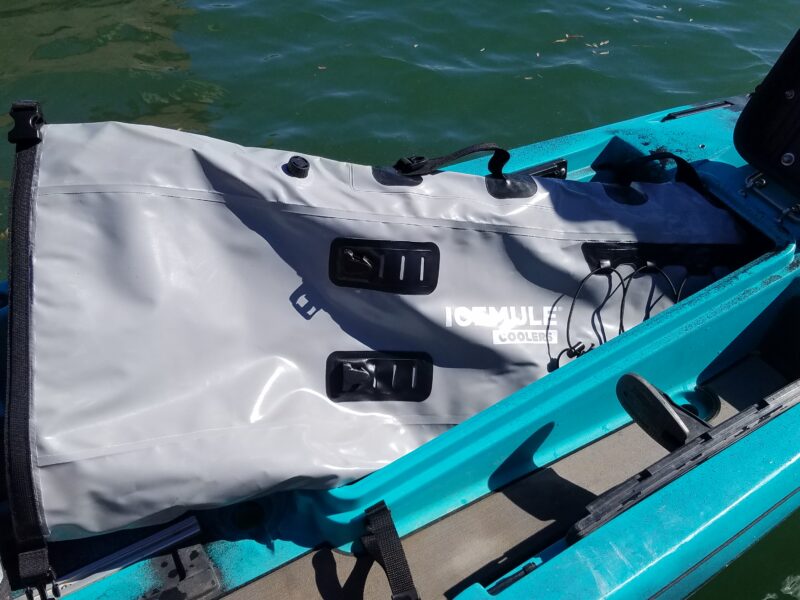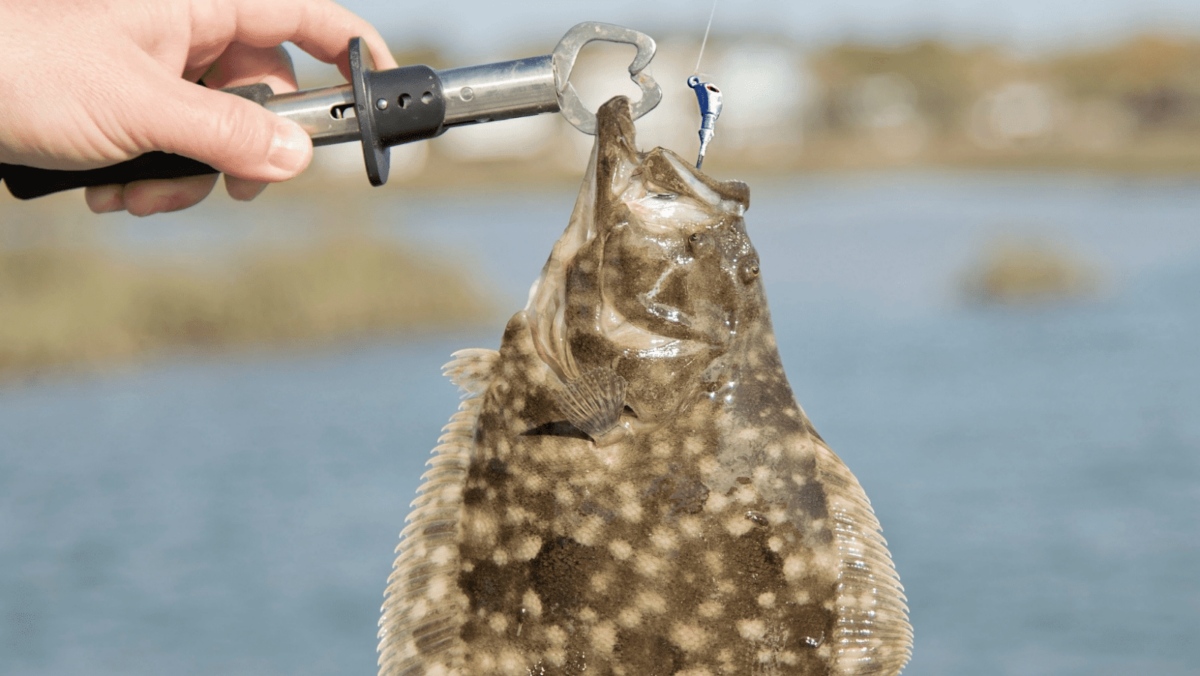
Flounder Fishing in North Carolina – Taking Advantage of a Short Season
By Tyler Brady of AFellowFisherman.com
Flounder fishing in North Carolina is one of my favorite times of the year, and I’m not the only fisherman who feels this way. however, this past season was just two weeks long, from September 1st through the 14th, leaving many anglers dissatisfied with the amount of time to enjoy flounder fishing.
The 2022 fishing season has not yet been determined, but we anticipate a decision in May regarding this year’s season. According to most anglers, whatever the final dates will likely be another short season.
We all want to be ready for the Flounder fishing season when it arrives. I thought it was good to discuss making the most of the limited season in this essay. Please continue reading to discover how I intend to handle Flounder season in 2022, starting with the fundamentals. Let’s get started with the essentials!
Flounder Fishing Fundamentals:
Flounder fishing is not difficult, but some fundamental techniques and methods will help you be successful more often than not. Let’s start with the basics of finding and catching Flounder in North Carolina waters.
Understanding the Tides
During high tide, head to your favorite coastal numbers on your chart. Casting during an outgoing tide gives you the best chance of landing Flounder or other inshore species. The bait will begin to leave the mudflats and oyster beds as the tide falls, enticing your target species to follow.
You may find tide charts at most tackle shops, where you can also get tips from the checkout person. To account for gradual tidal changes at the start of the lowering tide and a quicker flow towards the end, keep “the rule of 12s” in mind.
To take full advantage of the short, I’m not going to miss many of the outgoing tides.
Tackle Box and Beyond
Having all of the flounder necessities in your tackle box is another approach to ensure you’re ready to make the most of our short season. It may appear simple, but my favorite flounder rig is the Carolina Rig. This employs a fluorocarbon leader (20-30 pound test) with a swivel on one end and 4/0 to 6/0 sized hooks on the other.
I prefer to use a 10-pound braided line. When fishing around the structure, you can be confident that your line will stand up to the abuse.
Live bait, in my opinion, is the best option here. For many years, I’ve found it to be effective. Have a few buckets filled with finger mullets of around 3-5 inches. Mud minnows, menhaden, and even pinfish are also viable choices for Flounder Fishing, but once again, with such a short season, I plan to have plenty of finger mullet ready to go as I have found this baitfish to help provide the most success.
My go-to setup is to pair a Carolina Rig and live bait with a number 2 sinker. My rod and inshore reel preference may be different from other anglers, so choose the right that suits you the best or go with a similar one already in your rod rack. However, I go with a 7-foot medium action rod paired with a 4000 series spinning reel. This setup can be used for most inshore species, so there is not much to change from my usual configuration.
With all of this live bait talk, I am by no means implying flounders won’t bite artificial lures. Many anglers have great success with bucktails or even soft plastic, but our focus for this article is how to take advantage of the short season. Therefore, I’m not testing anything besides what I know worked well for me in the past few seasons.
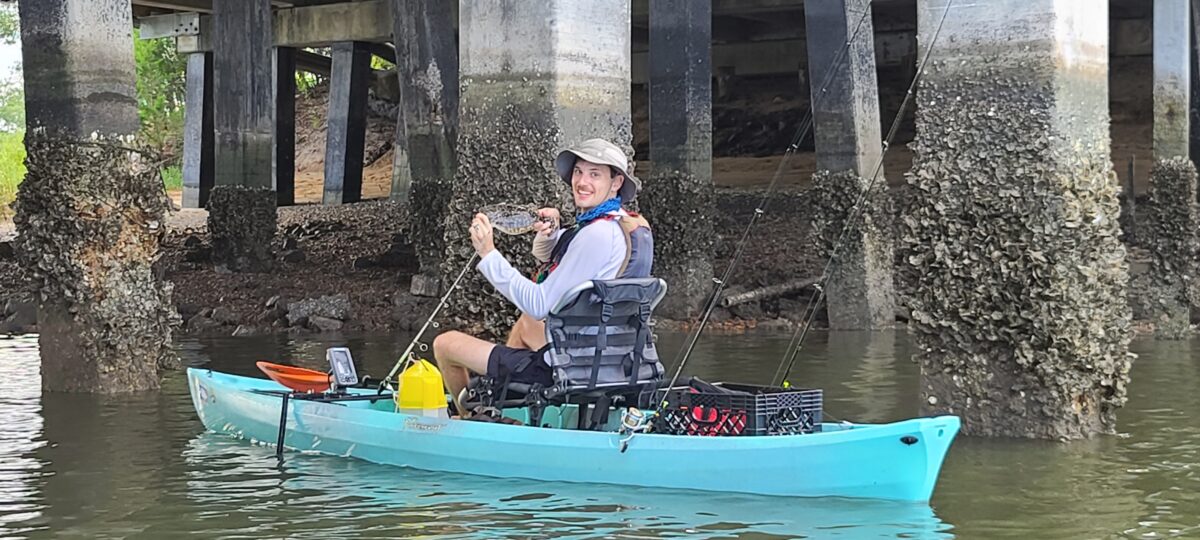
Your Time Will Come
Patience. Any experienced angler knows how vital this virtue is. With a short season and limited outgoing tide, patience is still required for filling up your deck with doormats.
We all have the urge to set the hook as soon as we feel that initial hit but with Flounder, we sometimes need to wait up to a couple of minutes for the fish to turn and swallow the bait. This is especially true when fishing with live bait. The larger the baitfish, the longer the wait can be.
It would be best to be patient enough to allow the Flounder to turn the bait and swallow it. I usually give about 10 seconds to start considering a hook set from the first hit.
Patience, knowing the tides, and what to use as a rig are great, but knowing where they gather seems essential, right?
Where are the Flounder?
Having a good idea of where to fish before heading out is probably the best way to take advantage of a limited Flounder season. While all locations will have different things to look for, here are some general guidelines on choosing the right spot to start casting.
The prominent place to begin this is to say they gather wherever the baitfish can be found, but we then need to beg the question, where are the baitfish?
Baitfish tend to congregate around deep holes, drop-offs, artificial reefs, jetties, shipwrecks, and other structures where they can find shelter from predators. Another good place to look for baitfish is along the edge of a channel or shoal. These areas provide a ready source of food for Flounder, and therefore, these are areas you will want to plan on fishing in.
These areas are not easy to identify above the surface, so having a good fish finder to identify ledges and structure is essential for picking the right spot. Also, some of my favorite areas the fish in are around North Carolina’s artificial reefs. These reefs are honey holes for a variety of fish, including Flounder.
Final Thoughts
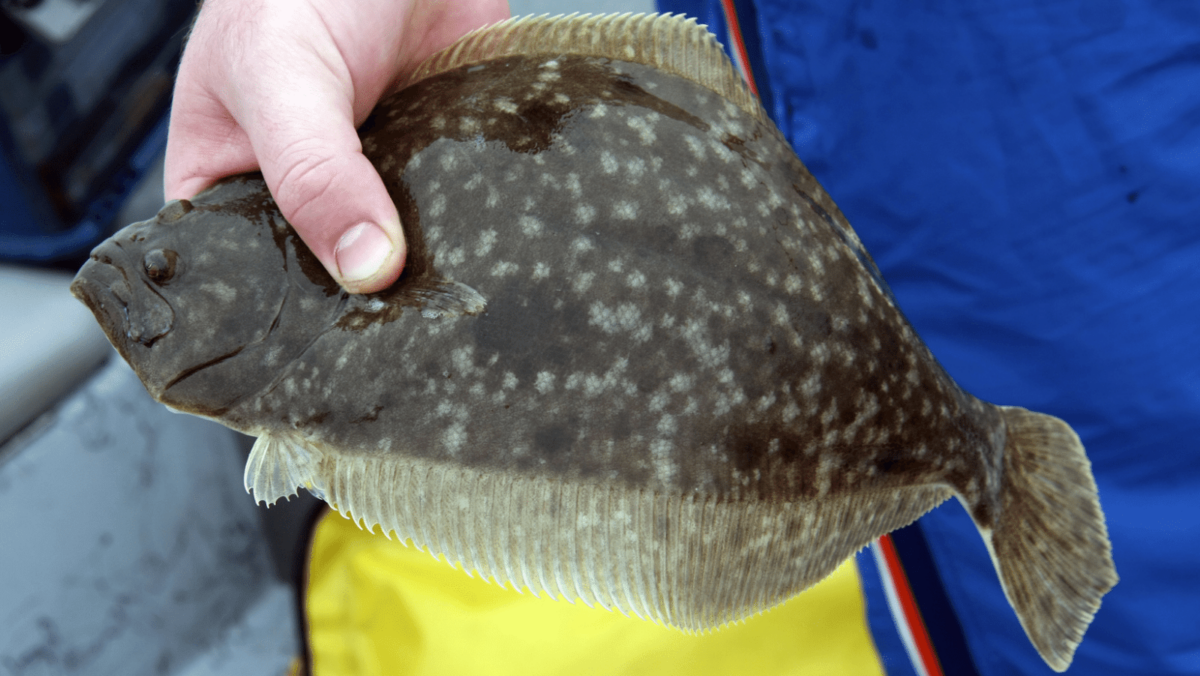
Fishing for Flounder in North Carolina was one of my favorite childhood activities, and I still enjoy it today. With the proper understanding, tools, and perseverance, you can succeed. Knowing where Flounder prefer to congregate, scheduling your trip with the tides, and being prepared with the proper equipment and bait are crucial aspects of making the most of a short season.
I hope you enjoyed this article, and please feel free to share it with anyone who might find it helpful! Until next time, good luck and tight lines!
- Post Tags:
- Flounder
- Inshore
- kayak fishing
- Posted In:
- Articles
- Fishing
- Kayak Fishing



